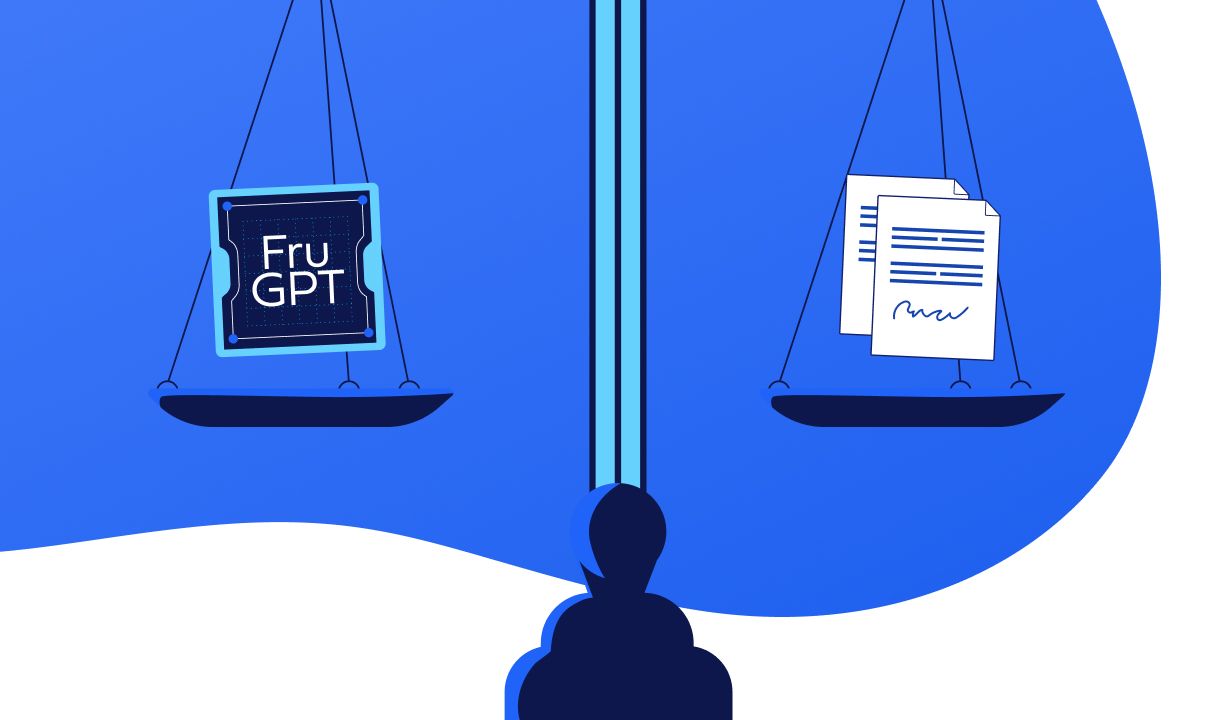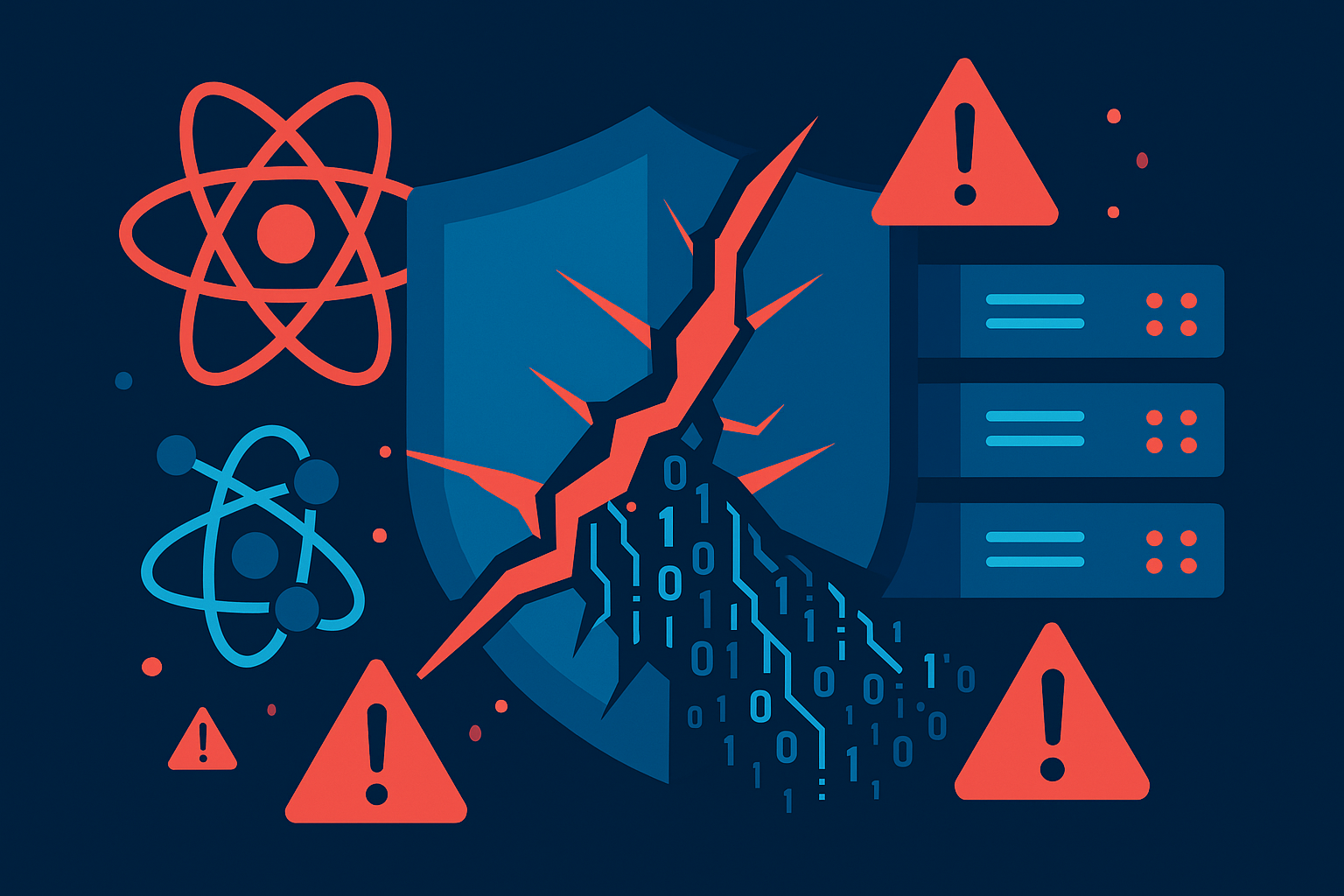AI, Copyright Law, & FruGPT: Navigating the Creative Landscap

AI, Copyright Law, & FruGPT: Navigating the Creative Landscap
Grappling with Copyright Issues & AI Innovations
The framework of copyright law as set by the 17 US Code 701 acknowledges human creativity and protects investments in original ideas. A significant example of this framework is the case of Thaler vs Perlmutter, which delves into human authorship and interaction levels necessary for copyright protection.
Copyright Protection: Human or AI?
As machine driven technological innovation accelerates, it raises pertinent questions about the criteria needed to secure copyright protection. Current laws cover only human-authored works, leaving AI creations unprotected. This absence of coverage poses a challenge for visual artists as AI-generated images are not under copyright protection.
Recent Developments: AI and Fair Use
Recent California court decisions have found that AI training on copyrighted works can qualify as fair use, though judicial opinions vary significantly. Courts have highlighted unresolved issues around market harm and transformative use, indicating no settled legal consensus yet. Further guidance from appellate courts or legislators is necessary to clarify under what circumstances the use of copyrighted works for AI training constitutes fair use.
Of AI, Human Creativity & Copyright Laws
The Copyright Office’s webinar on AI stressed the relationship between AI and human creativity. Debates ensued revolving around instances such as the ‘Zarya of the dawn’ case, ‘Theate d opera spatial’, and the ‘Gigapixel’ case. These debates underscore the necessity to broaden our understanding of copyrighted work and to consider its implications on creator stakeholders.
Copyrights: Safeguarding Creators in the Digitalized Age
In a competitive market, copyrights shield creators from infringements, preserving market efficiencies. Yet, it remains a subject of discussion whether this traditional protection mechanism is fit for the accelerating digitalization and AI implementation.
The FruGPT Solution to the Copyright Conundrum
To offset the shortcomings of copyright laws, we present FruGPT.com. FruGPT allows creators to monetize their works, offering a tangible solution in the agile creative landscape.
Crafting the Future: Market Solutions & Copyright Law
As we adjust to the digital age and the creative expressions it brings, our focus remains on the protection and celebration of human innovation. Market solutions, like FruGPT, must continue to align with our steadfast legal norms, bridging the gap between the evolution of creativity and human-centric principles.




